08:21, 17/12/2023
More than 25 years ago , Mong people in the northern provinces had an unplanned migration to Dak Lak province, of which, in Krong Bong district, there are currently about 23,000 people, including four groups: White Mong, Black Mong, Green Mong and Flower Mong, living mainly in the communes of Hoa Phong, Cu Pui, Cu Dram...
Although they have been away from their homeland for a long time, the Mong community still preserves many beautiful traditional cultural features, clearly expressed in customs and practices, including wedding ceremonies.
Wedding ceremonies in Mong groups have many similarities. Boys and girls of marriageable age are free to get to know each other. When they “like” each other, the young man reports to his parents so that the elders can hold a family meeting and appoint a representative to conduct the wedding ceremonies.
After reaching an agreement, the groom's family will choose two people with high status in the clan and who are articulate. If the family does not have anyone who meets the above conditions, the family will ask someone else in the village to be the head and deputy head of the delegation to represent the parents to go to the bride's house to propose.
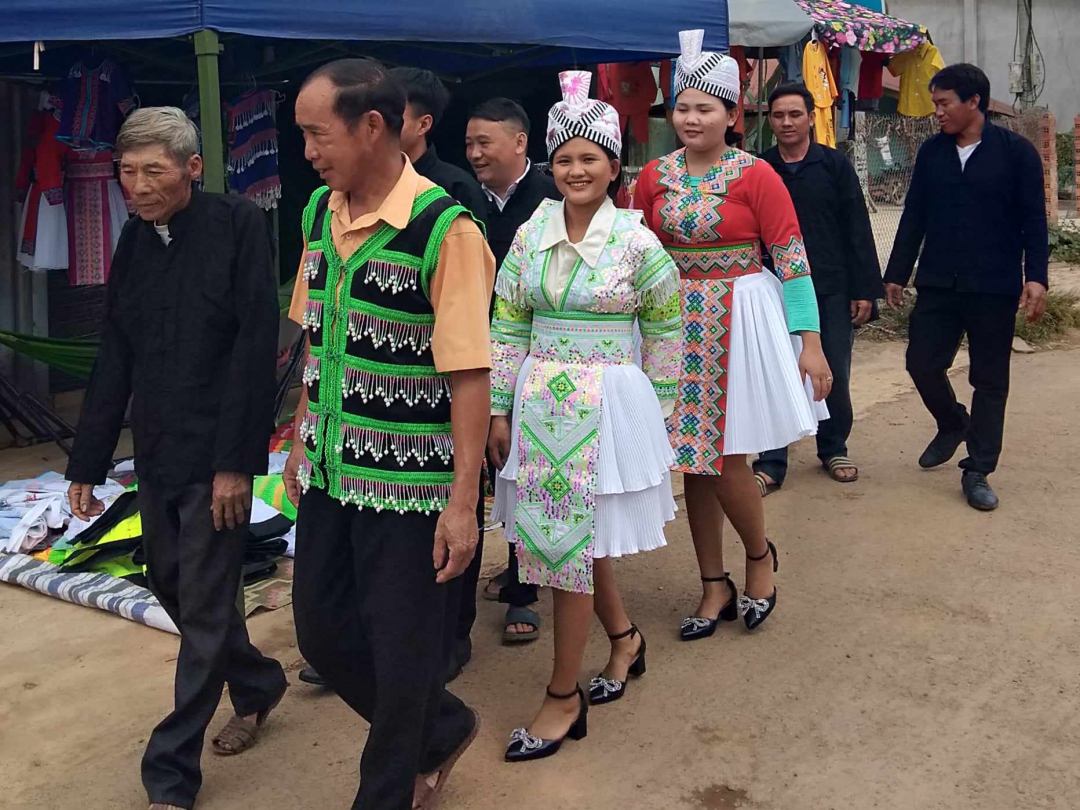 |
| The groom's family in Noh Prong village (Hoa Phong commune) welcomed the bride home. |
When going to propose, the groom's family has two representatives, the groom and the people carrying gifts, depending on the economic conditions of the family, the gifts include 2-4 chickens, 5 liters of wine and some cash. When arriving at the bride's house, the groom's family stops to observe, if the bride's family agrees to welcome them, they will open the door, if they do not agree, there will be a table blocking the door. At this time, the representative must "show off" his skills to get the bride's family to agree to open the door to welcome them.
If the work goes well, after the invitation procedure is completed, both sides sit down to discuss, the representative or the bride's parents will make a request for wedding gifts, depending on the family's circumstances, the gifts will be commensurate with the groom's family's conditions, but usually it will be 30 kg of pork, 30 liters of wine and 30 coins (equivalent to 3 million VND) to 100 kg of meat, 100 liters of wine, 100 coins (10 million VND). Nowadays, the bride's family does not require the groom's family to bring wine and meat, but all are converted into money, ranging from 20 - 40 million VND. After reaching an agreement, the representative will inform the groom's parents to prepare enough gifts to send to the bride's family and set a date to pick up the bride. If there is a dowry, the two sides will "negotiate" until the groom's family accepts, whether the bride's family requests more or less gifts also depends on other factors. Mr. Ly Van Tu (70 years old, in Noh Prong village, Hoa Phong commune), who has over 30 years of "experience" as a representative for the groom's family to propose marriage, shared: "Usually, families with beautiful and talented daughters will ask for more gifts, but if the girl has lost her virginity, only the bride's parents will be invited at the engagement ceremony, not a representative. At this time, the bride's family will decide on the gifts. Therefore, to preserve the dignity of their daughters, Mong families with daughters of puberty age are often carefully educated about sex by their parents."
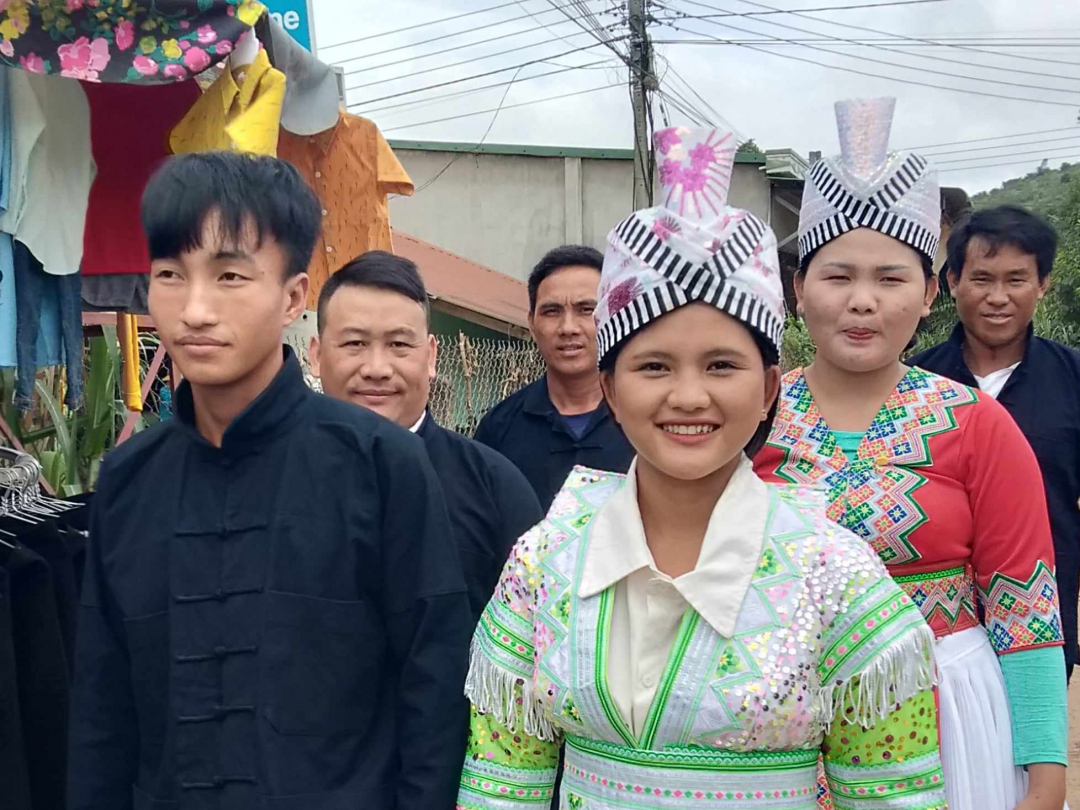 |
| The groom and bride were happy on their wedding day. |
The Mong believe that in order for the couple to have a nest and a pair, the wedding ceremony is chosen on an even day and the number of people going to pick up the bride follows the principle of odd numbers going and even numbers returning. The groom's family must borrow a best man and a bridesmaid to accompany the group to the bride's house. After all the ceremonies take place at the bride's house, the groom and best man must kneel and bow to the ancestors, grandparents, parents, uncles, and brothers of the bride (bow 3 times for men and bow 2 times for women). When the bride arrives at the groom's house, the groom's parents will use a chicken to roast 3 times to welcome the new member as well as to ward off evil spirits so that the couple can live together for life and prosper in business. During the first 3 days at the husband's house, the daughter-in-law is not allowed to do anything, only observe to know the upcoming work to do.
Because the parents do not attend the engagement and wedding ceremonies of the Mong people, after 3 days, the groom's parents and the newlyweds must bring gifts of 2 chickens to the bride's house to "return to face" the bride's parents and officially become in-laws...
Nowadays, the wedding ceremonies of the Mong people are much simpler than before. If in the past, a wedding had to have 3 ceremonies including: proposal, engagement and bride welcoming, nowadays most families have combined the proposal and engagement into one; most families no longer stop to worship the gods halfway when welcoming the bride (going and returning), the bad customs of "wife-catching" and "bride-stealing" are gradually eliminated...
Mai Viet Tang
Source


![[Photo] National Assembly Chairman Tran Thanh Man meets with Ethiopian Prime Minister Abiy Ahmed Ali](https://vstatic.vietnam.vn/vietnam/resource/IMAGE/2025/4/16/c196dbc1755d46e4ae7b506c5c15be55)
![[Photo] President Luong Cuong receives Ethiopian Prime Minister Abiy Ahmed Ali](https://vstatic.vietnam.vn/vietnam/resource/IMAGE/2025/4/16/504685cac833417284c88a786739119c)
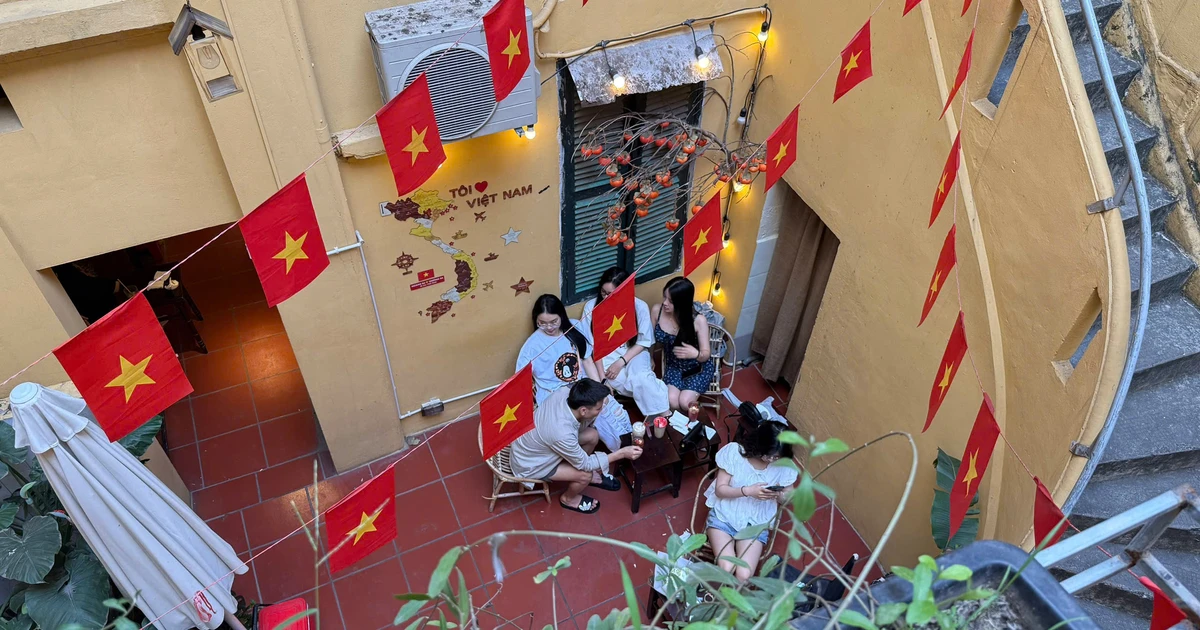

![[Photo] Many practical activities of the 9th Vietnam-China border defense friendship exchange](https://vstatic.vietnam.vn/vietnam/resource/IMAGE/2025/4/16/3016ed3ef51049219574230056ddb741)
![[Photo] Opening of the 4th Summit of the Partnership for Green Growth and the Global Goals](https://vstatic.vietnam.vn/vietnam/resource/IMAGE/2025/4/16/488550ff07ce4cd9b68a2a9572a6e035)
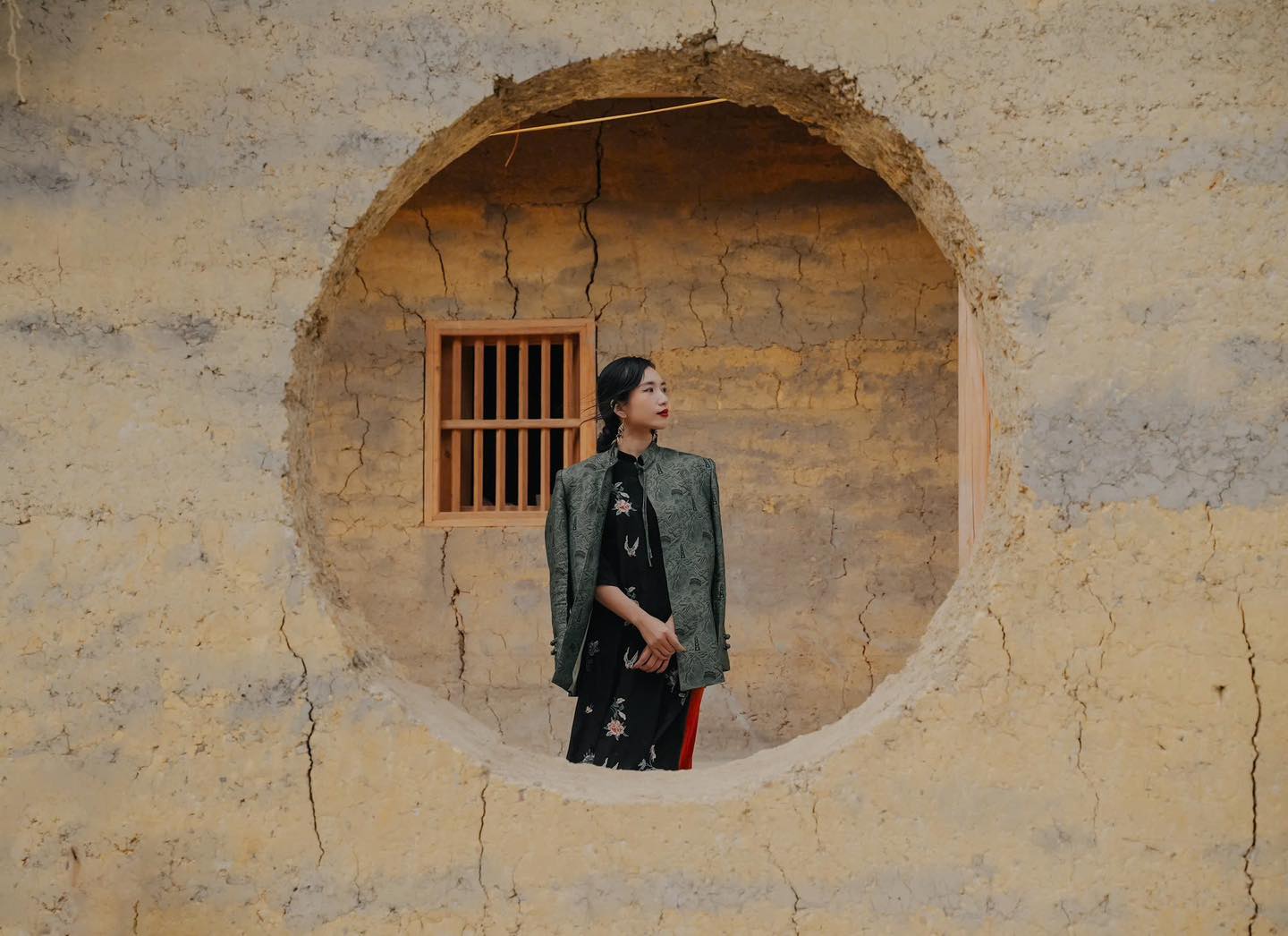


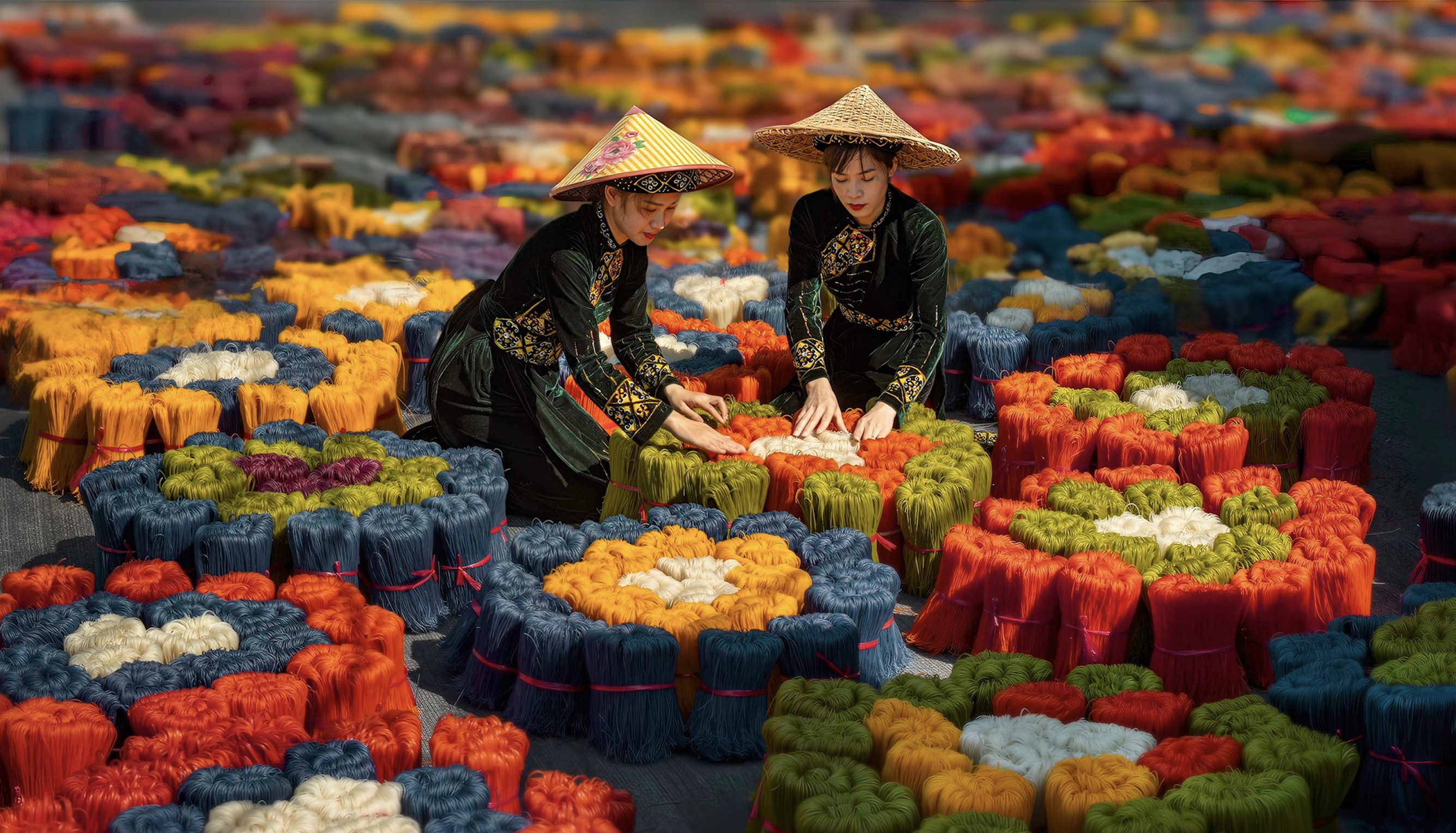

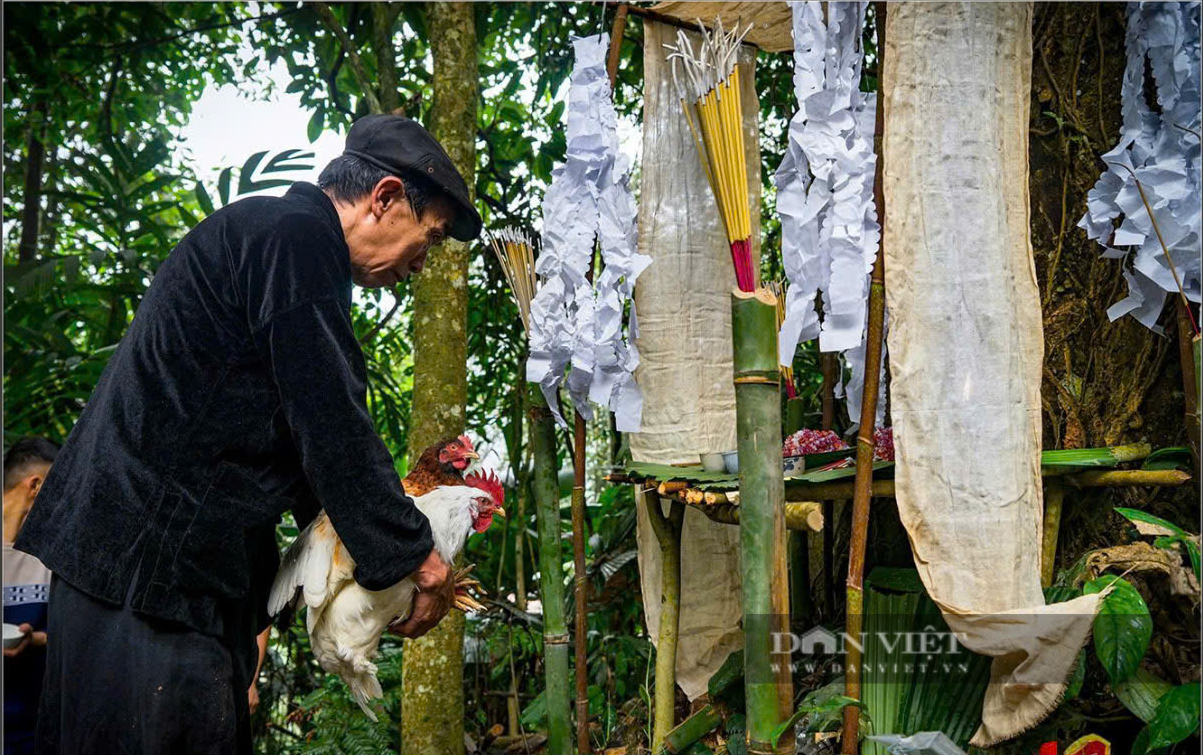

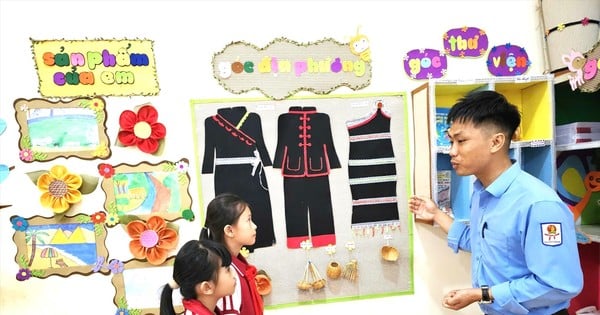
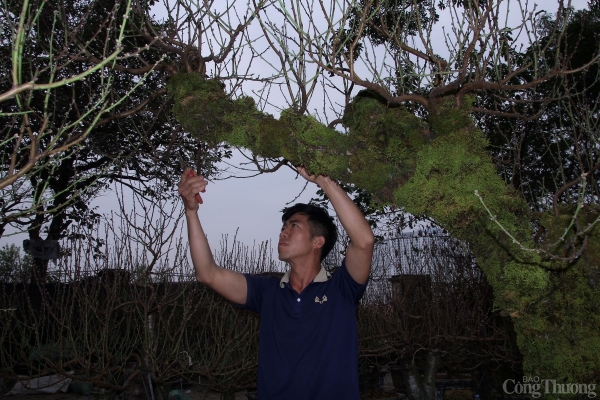

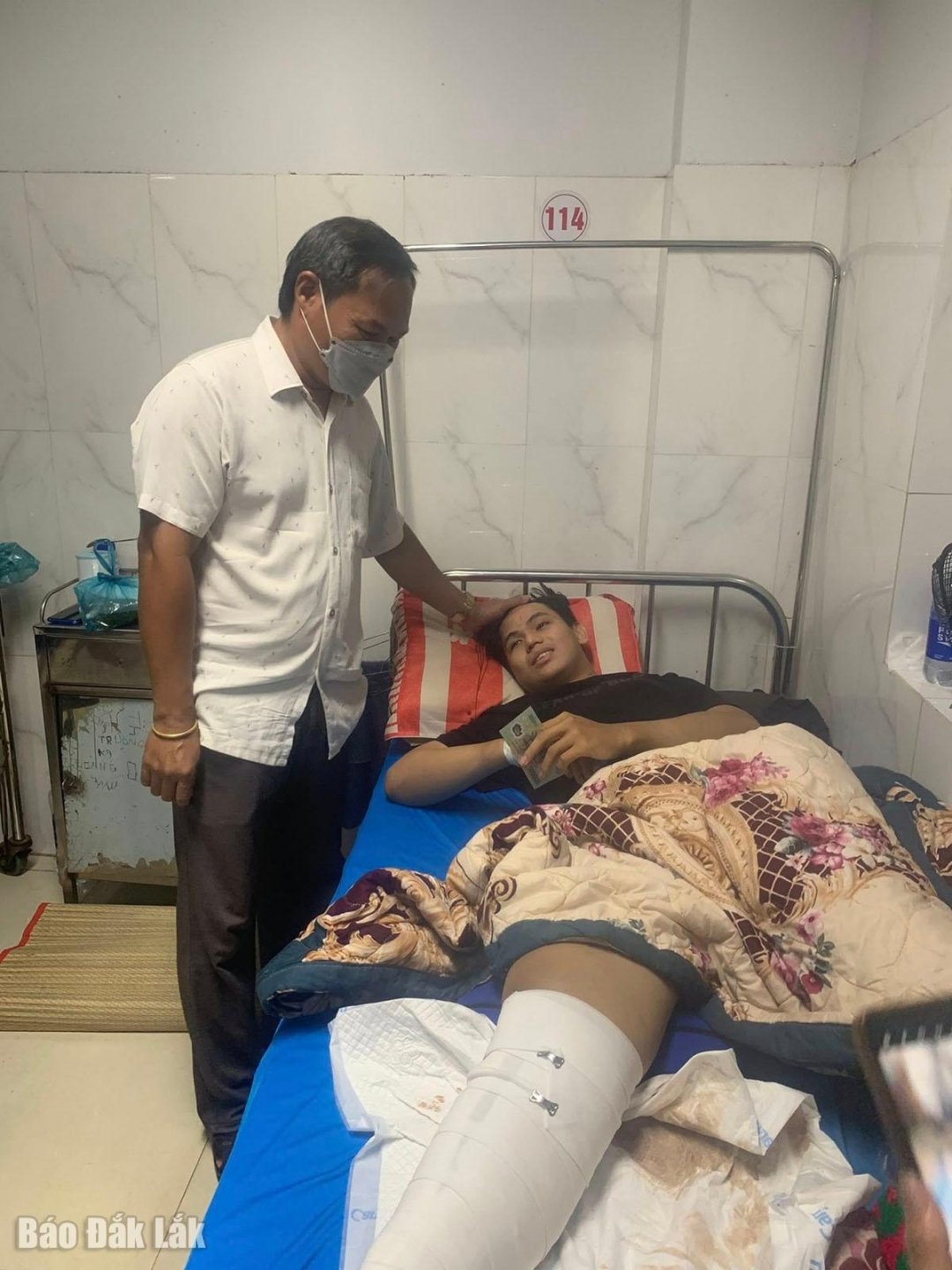
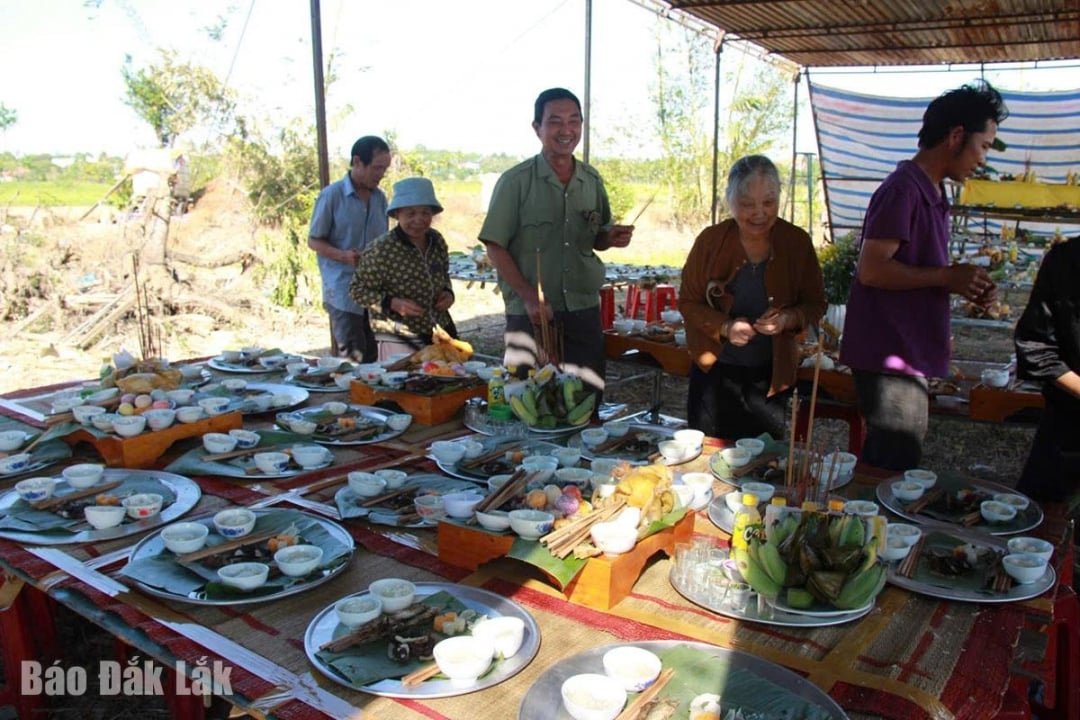
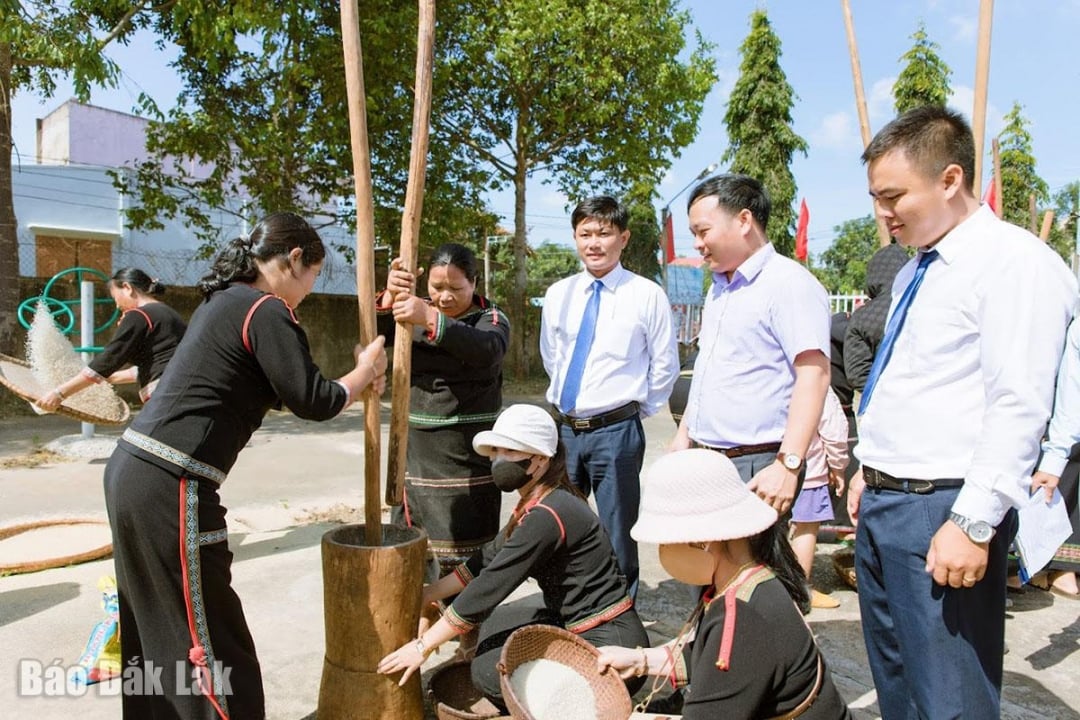

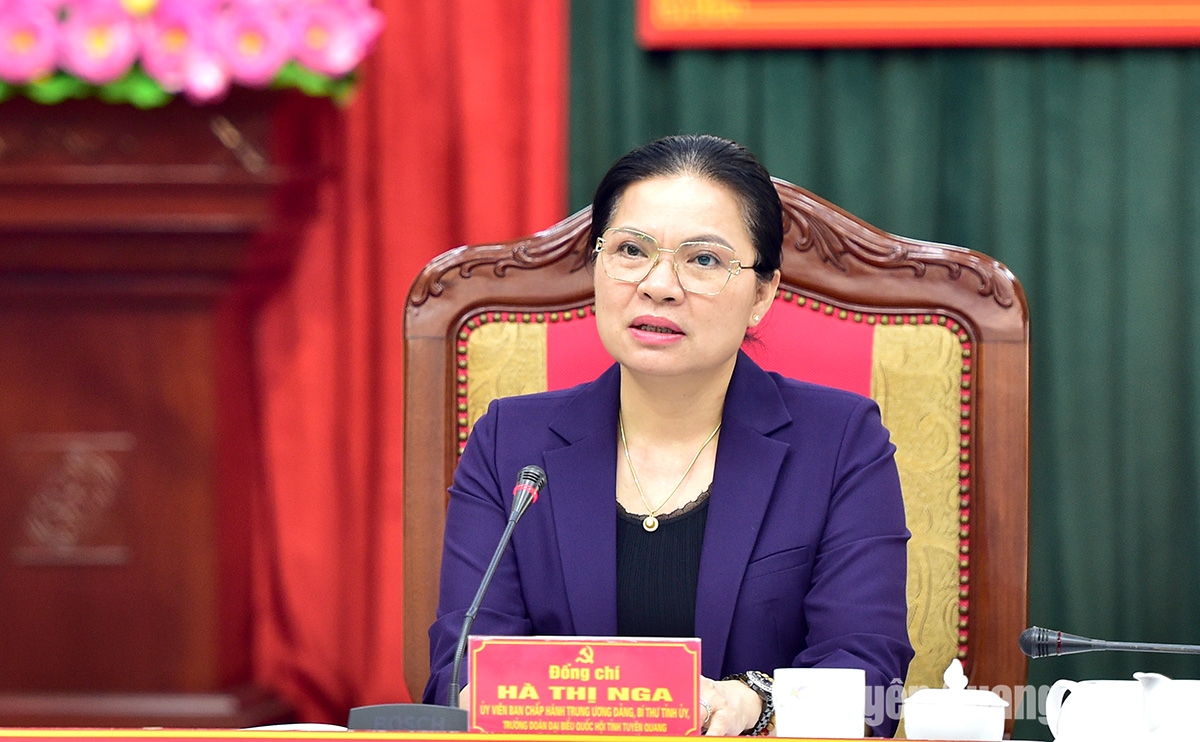




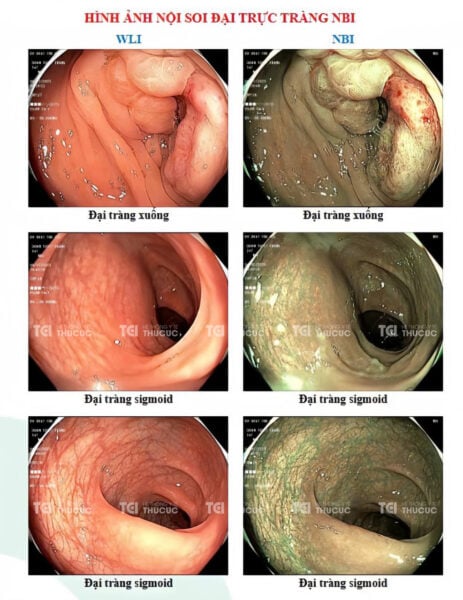
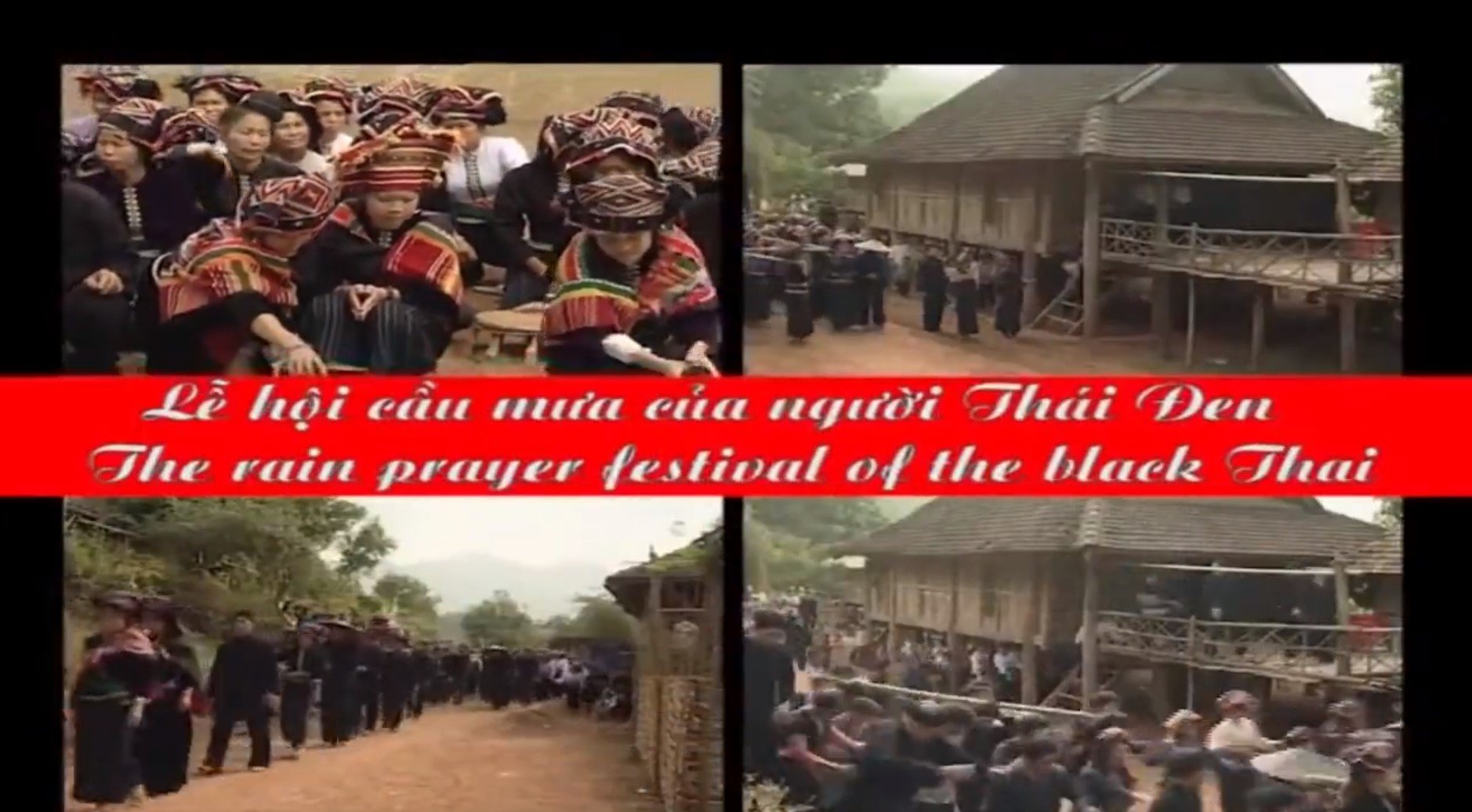
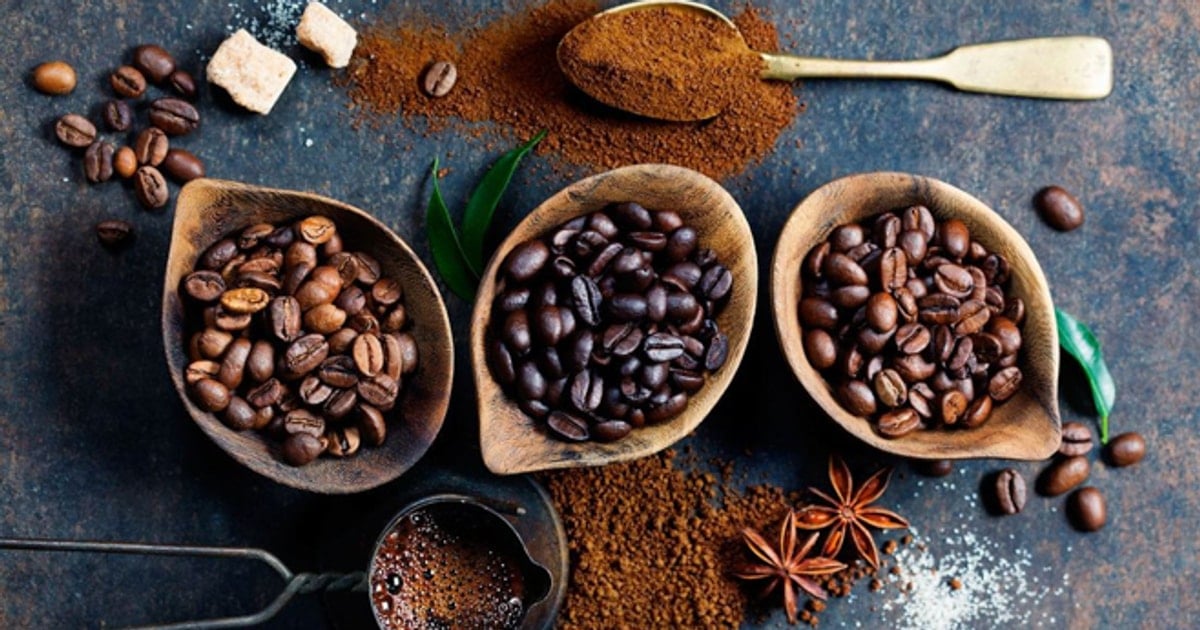
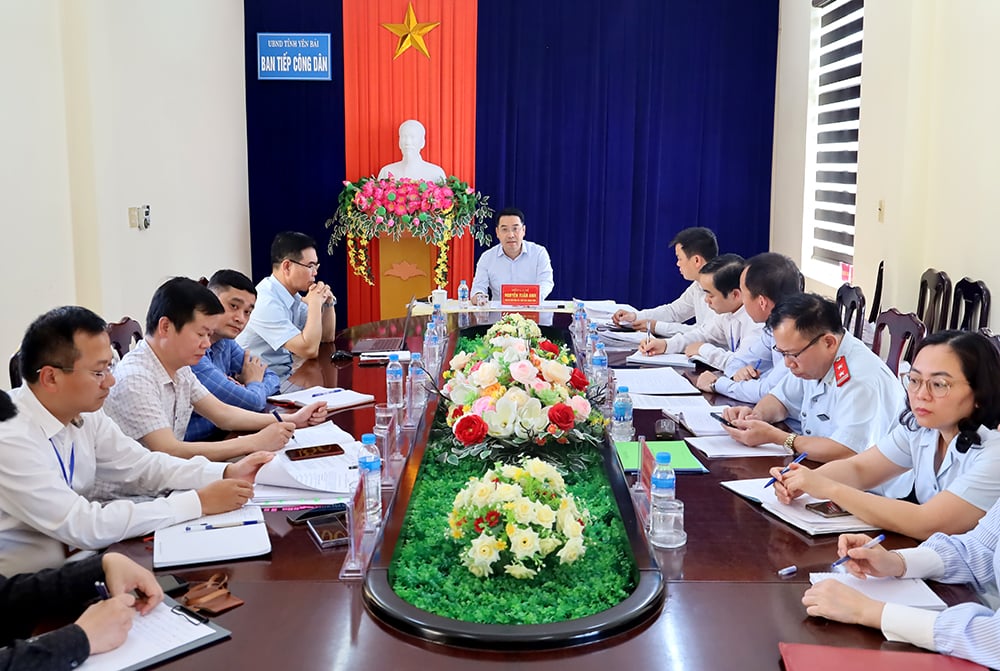
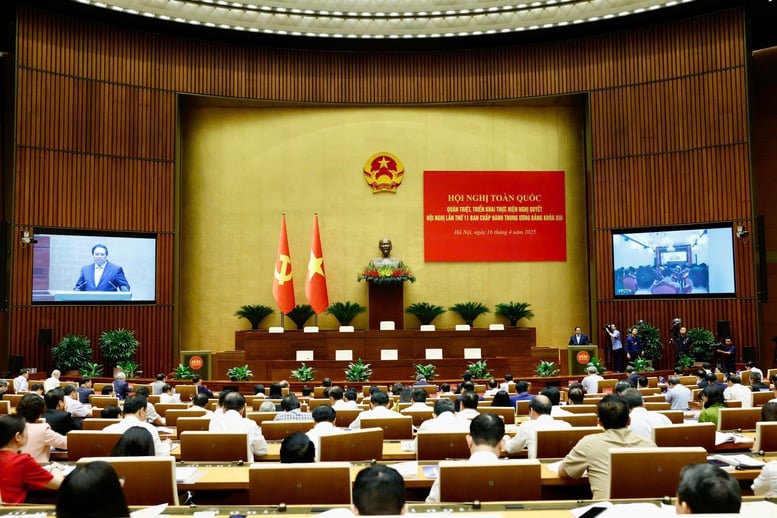
![[Photo] President Luong Cuong meets 100 typical examples of the Deeds of Kindness Program](https://vstatic.vietnam.vn/vietnam/resource/IMAGE/2025/4/16/ce8300edfa7e4afbb3d6da8f2172d580)




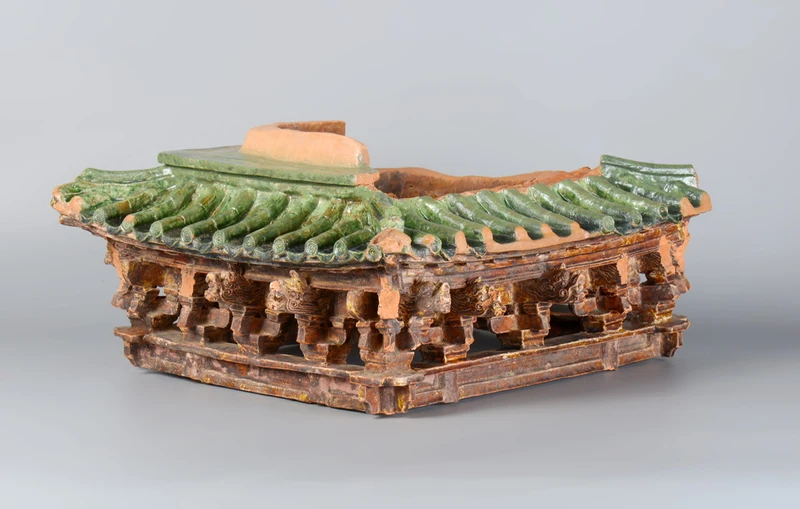


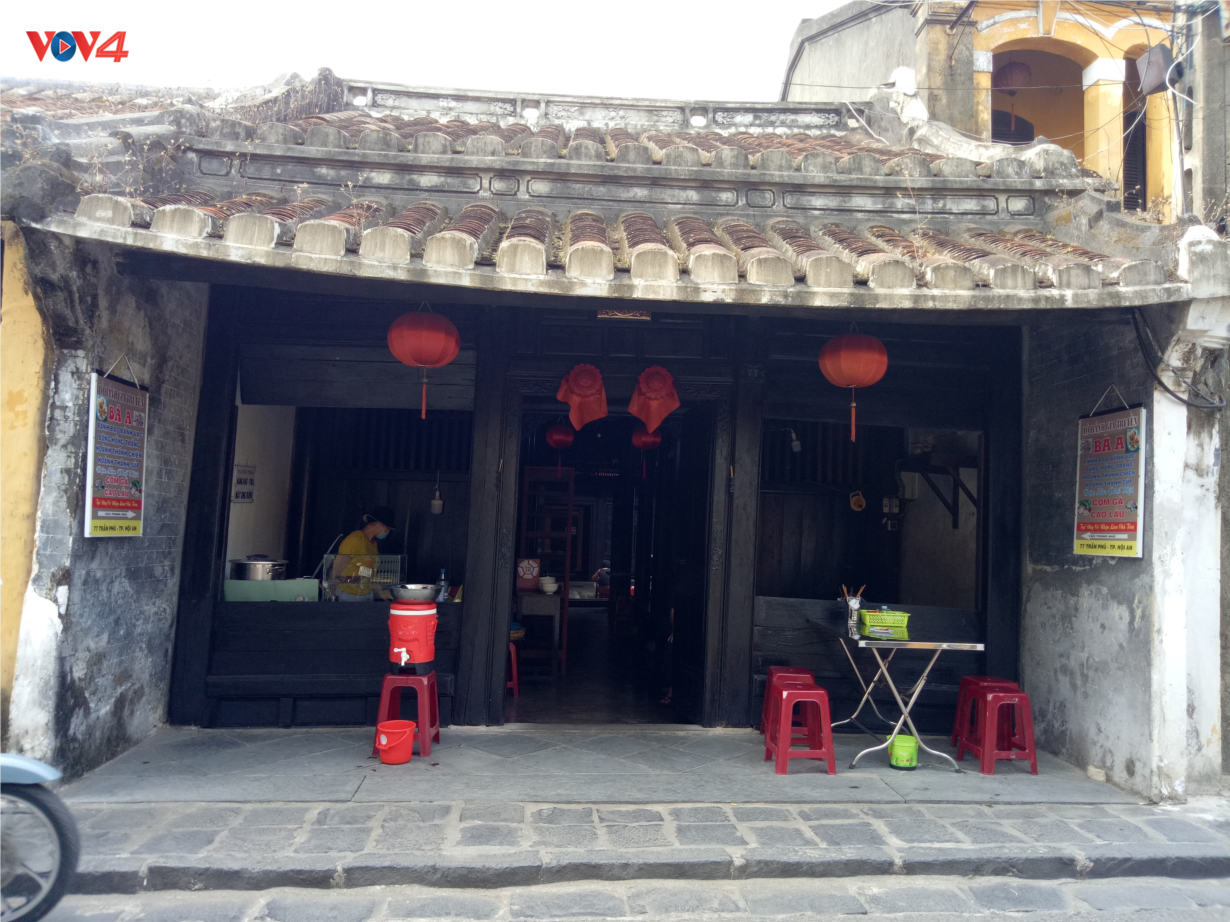





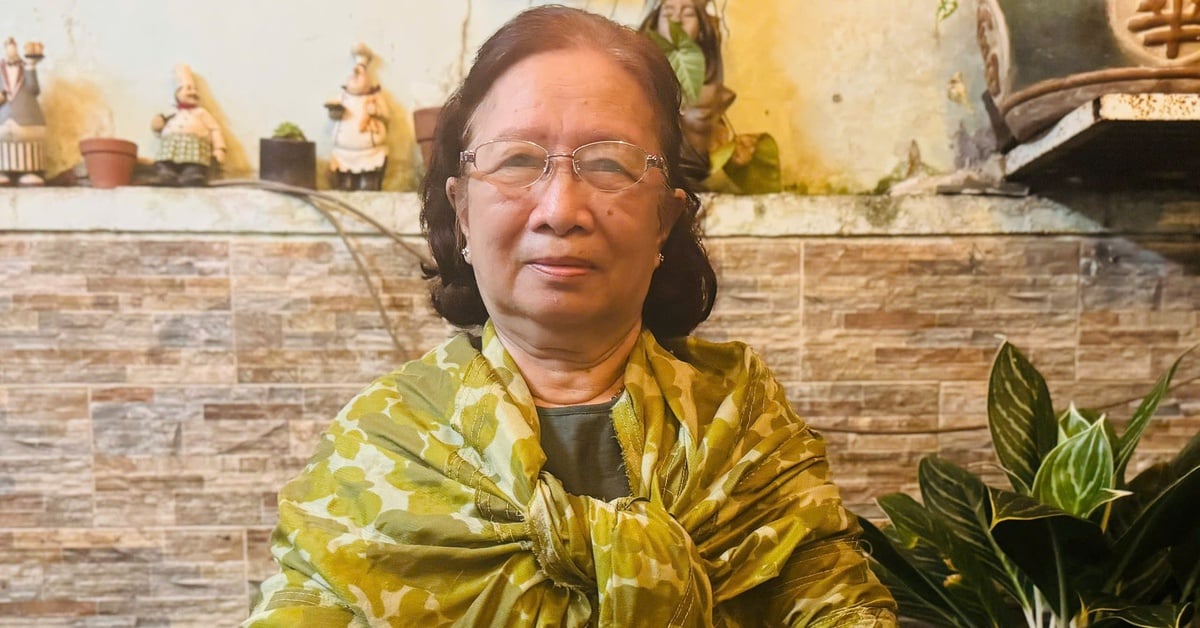

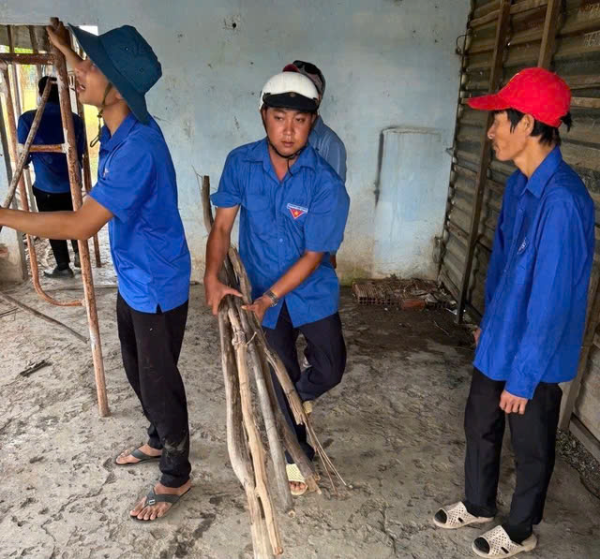

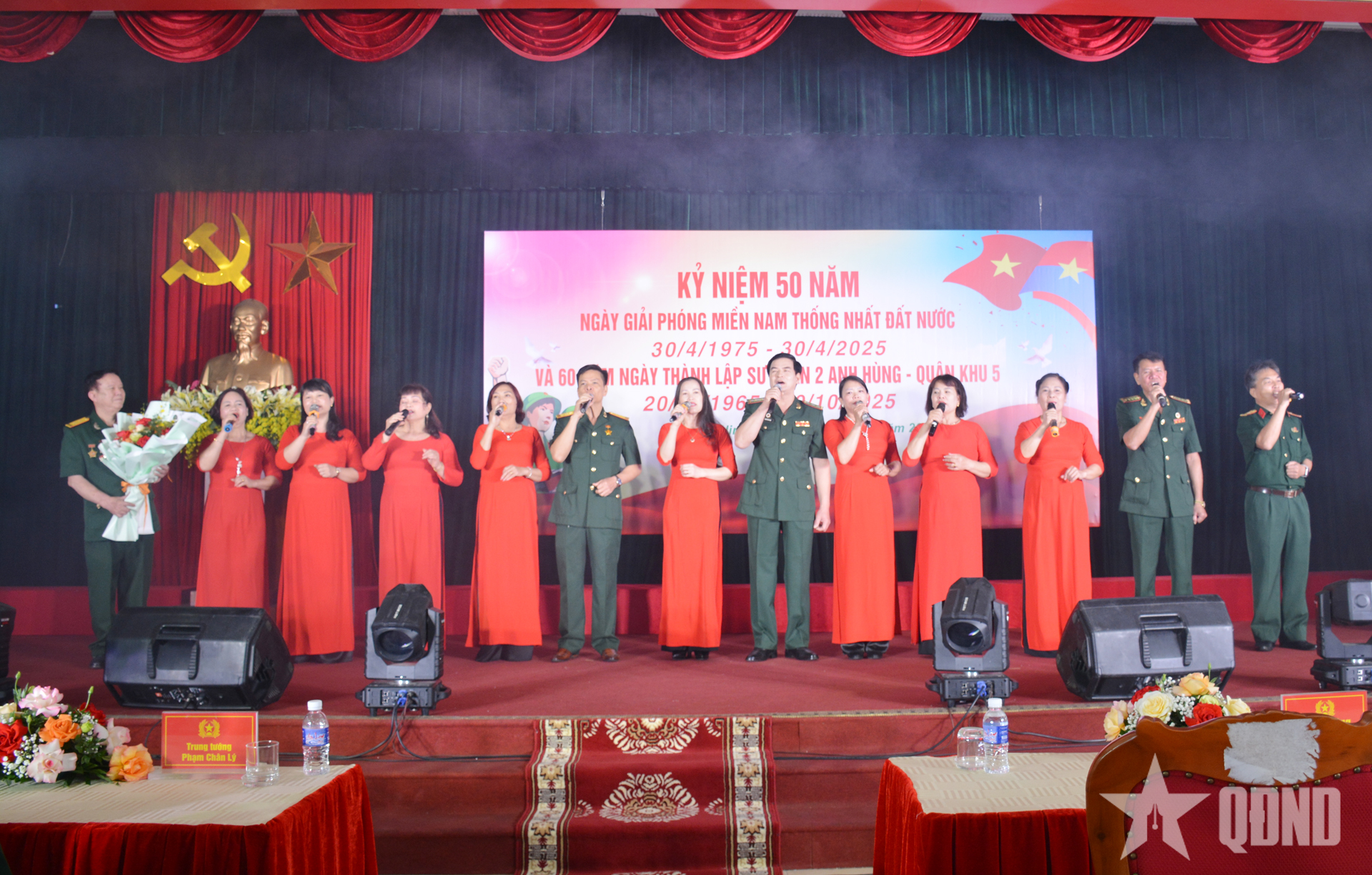

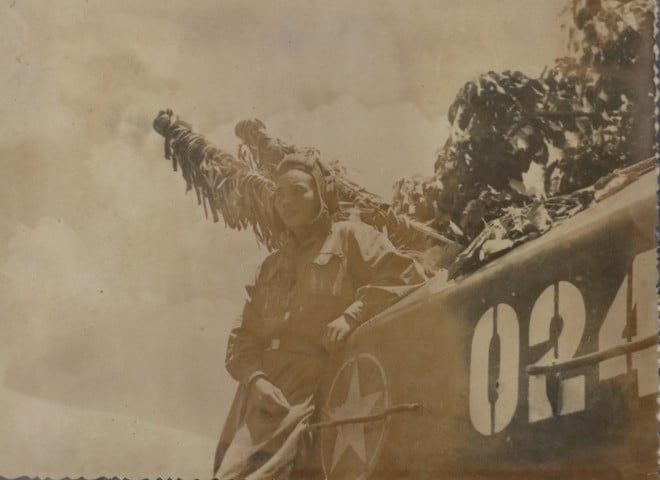
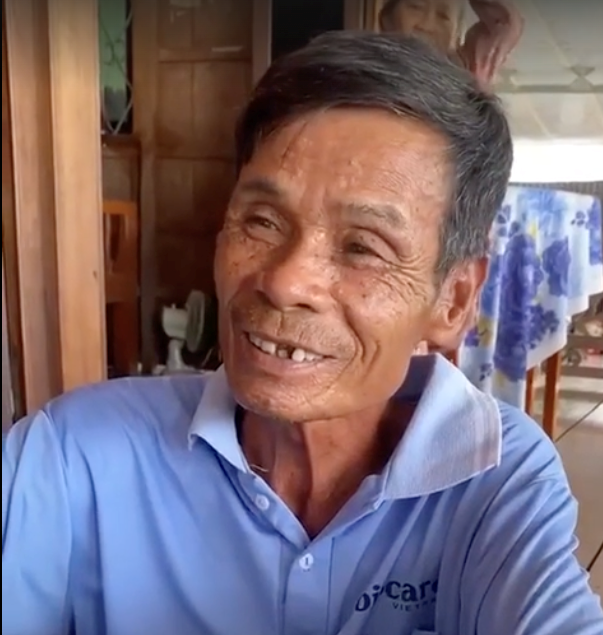



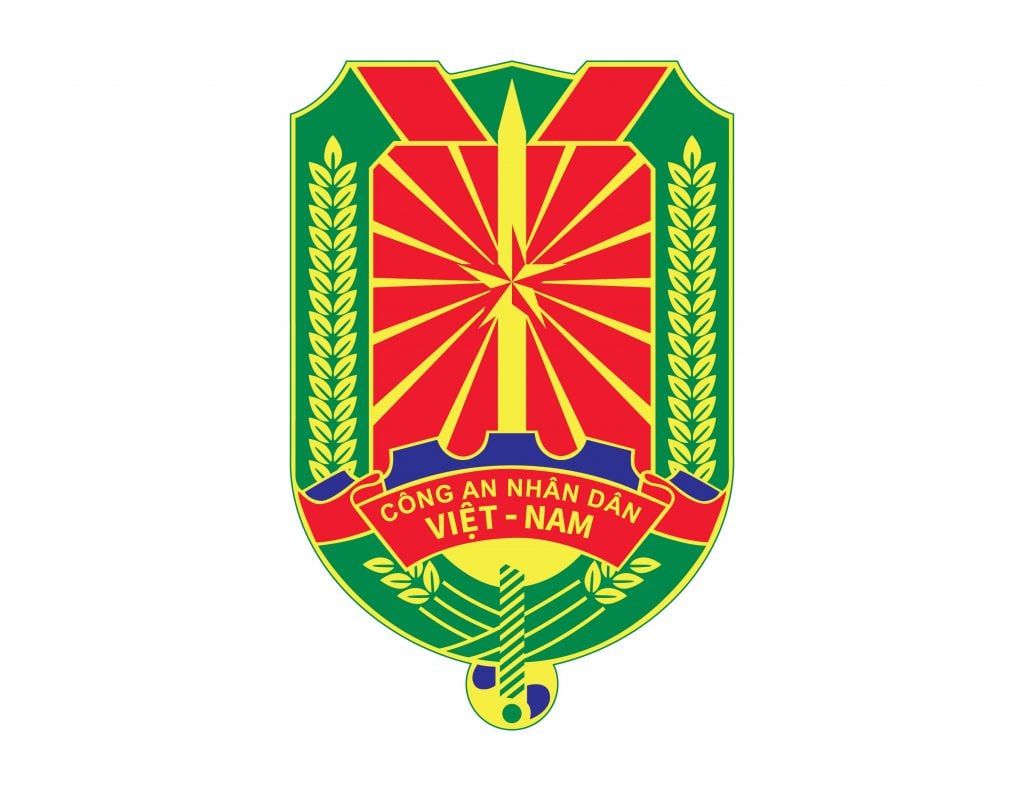






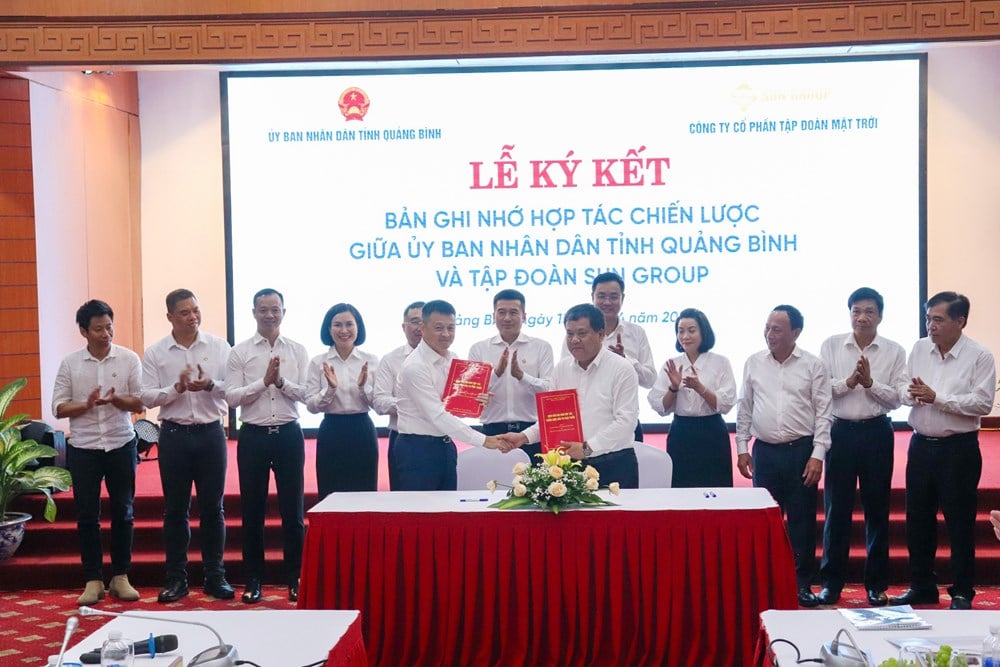


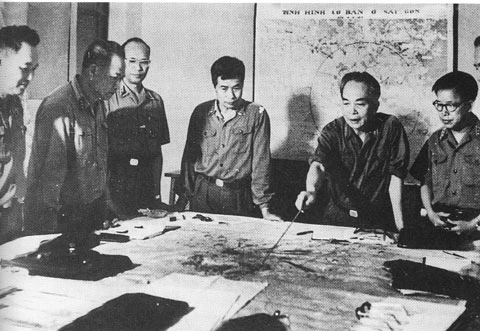
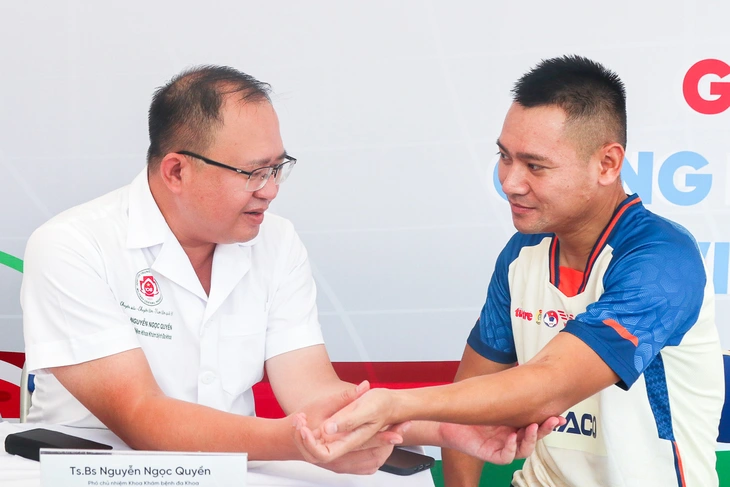

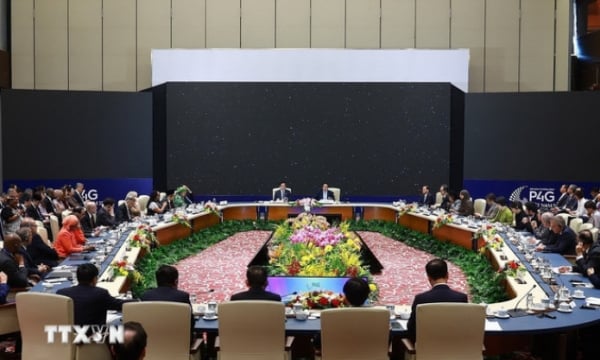
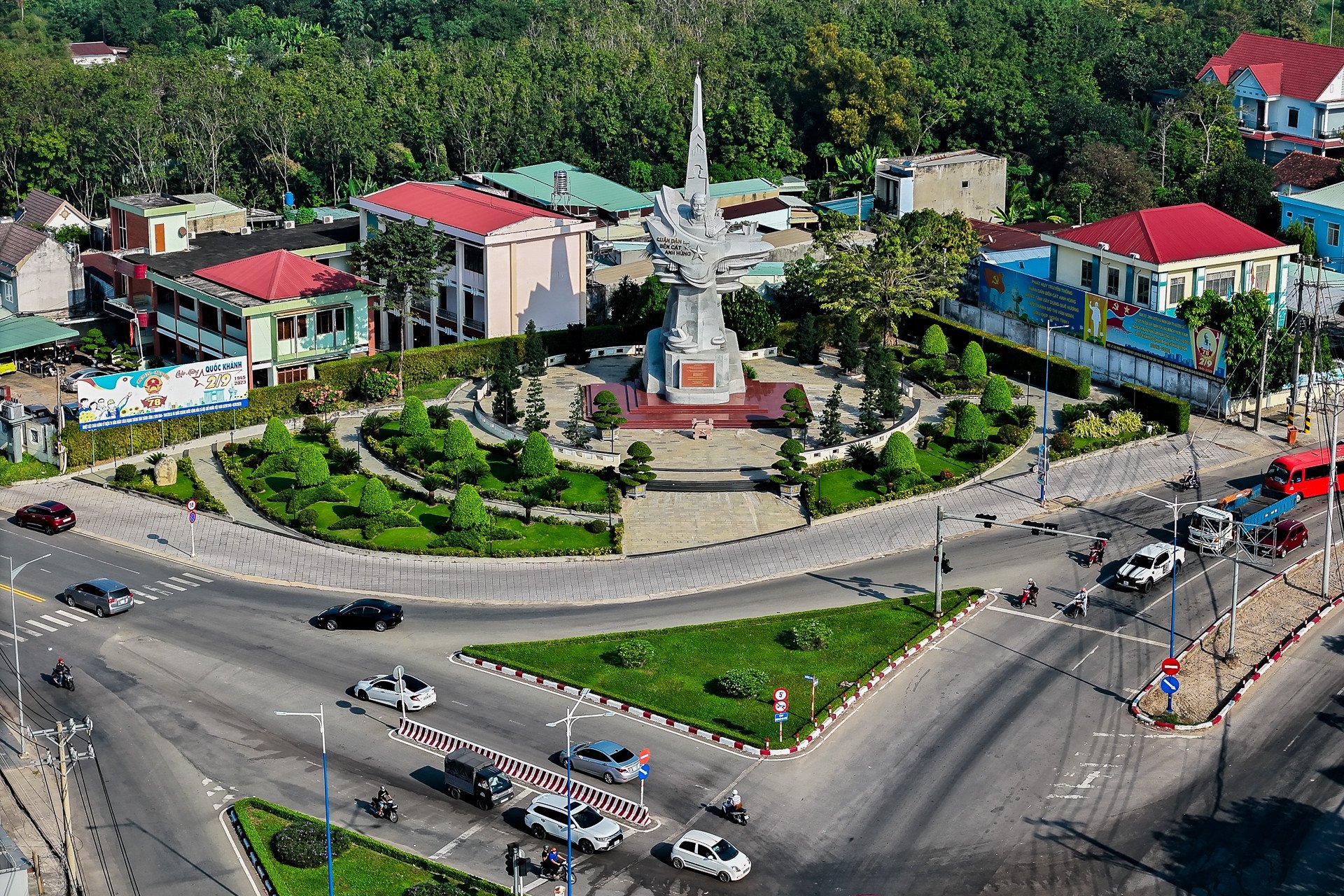
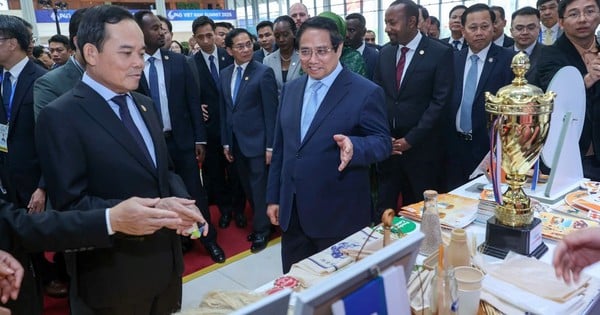


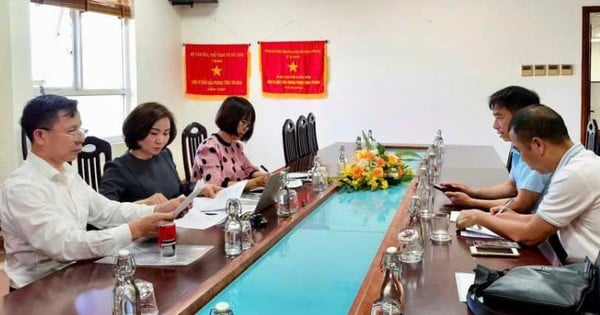



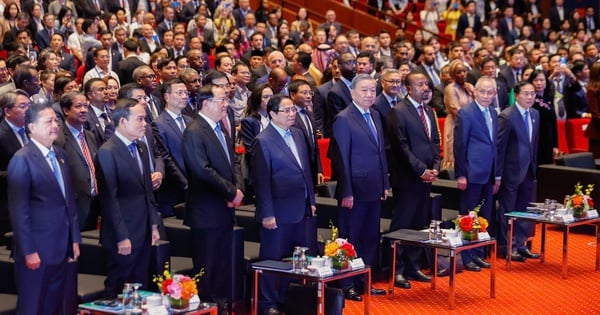


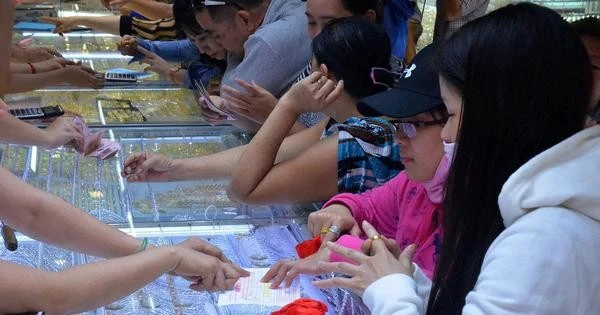

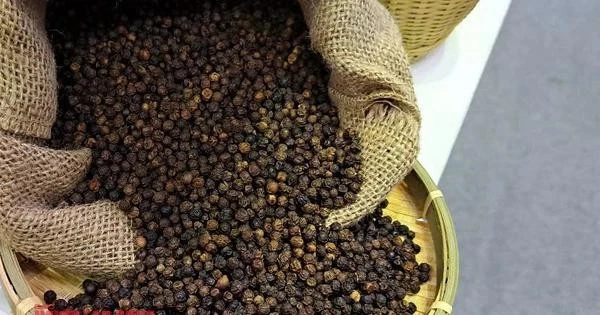


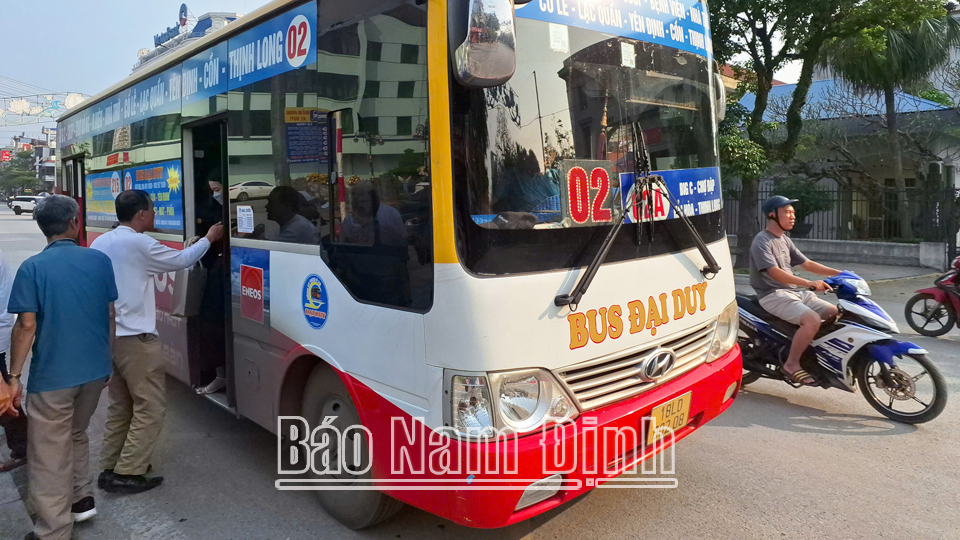


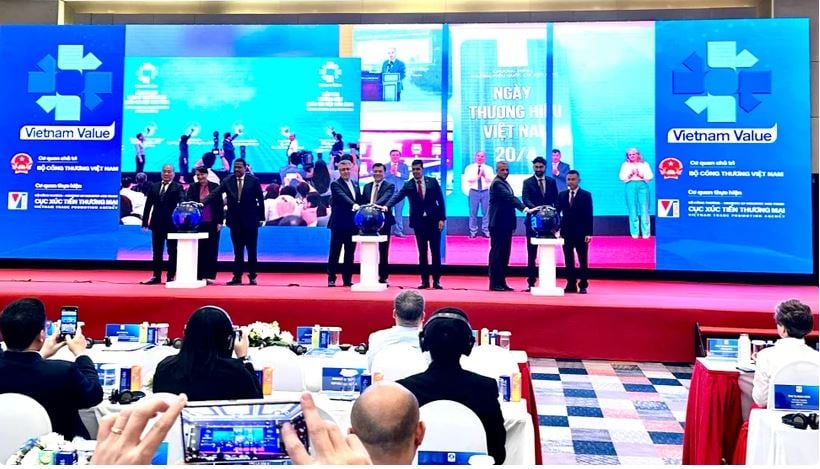








Comment (0)